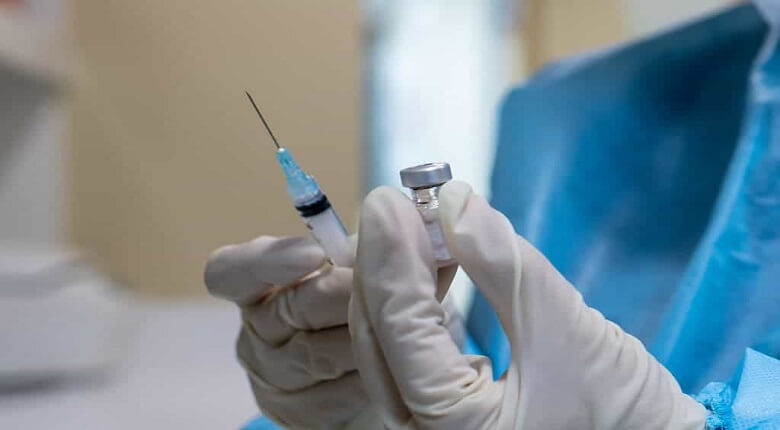- October 7, 2022
- No Comment
- 256
Researchers have Now Discovered a New Strategy to Develop HIV Vaccine

The vaccine development to protect against HIV (human immunodeficiency virus) has shown considerable progress. The journal “Immunity” published 2 separate papers reporting the findings. The WHO (World Health Organization) said that HIV targets the immune system and degrades the ability of people’s defense system.
Meanwhile, a perfect and effective vaccine improves defense against various infections and some types of cancer. Healthy people with efficient immune systems can easily defeat most infections. A virus can destroy and damage the functionality of immune cells. The most critical stage of HIV infection is AIDS (acquired immunodeficiency syndrome).
The Deadly Virus has Killed Around 40.1 Million People
The study is considered the 1st step in vaccine development, designed to create BnAbs (broadly neutralizing antibodies). These antibodies are capable of fighting & securing against various different versions of a virus. Keep in mind that HIV has killed more than 40.1 million people around the world. It has now become a massive global public health issue.
In 2021, around 1.5 million people were infected and more than 820,000 people lost their lives from HIV-related issues. It is important that you can’t cure HIV infection. The senior author of the study, William Schiff, said a collaborative effort helped to understand genomics and the formation of BnAbs.
HIV is Still One of the Deadliest Viruses
The study will eventually advance the approach to producing these BnAbs. However, HIV is still one of the most deadly and critical viruses that are difficult to control. The virus has a natural ability to rapidly transform and escape capture from the immune system. The recent findings present a remarkable step to overcome these historic challenges and the creation of an effective HIV vaccine.
Researchers were discovering how a small number of HIV-infected people are capable of producing BnAbs. However, BnAbs often develop during infection in these cases but they appear too late to help prevent the virus. The study proved that BnAbs are capable to secure the immune system against the virus. But the existence of BnAbs is essential prior to a person getting infected with HIV.
All BnAbs Produce White Blood Cells
This significant consideration motivated scientists to start developing vaccines. Moreover, all BnAbs grown-up from a specific type of antibody that produces white blood cells, named a plain B cell. These B cells are also considered as ‘cells with genetic material’ prototypes. The researchers determined that 2 peak BnAbs had the most constant forerunner B cells.
Meanwhile, this invention guided the team of researchers to focus on a vaccine development customized to produce 2 types of BnAbs. A co-author Jordan Willis said the loops of HCDR3 in plain BnAbs are infrequent in human antibodies. The team discovered that 2 classifications of plain BnAbs had fairly common forerunners. So, they decided to focus on those 2 BnAbs for a vaccine design strategy.
The Use of Natural HIV Spike Protein
Meanwhile, the researchers discovered that natural HIV spike proteins don’t wrap to the germline forerunners of these 2 BnAbs. It clearly indicates the usage of a natural HIV spike protein as a vaccine will not produce specific BnAb influence. The researchers developed a customized HIV spike protein to solve the issue. It can wrap to the germline ancestors.
The developed spike protein effectively serves as the immune response instruction. It is considered the 1st shot of the vaccine that can wrap and execute the correct forerunner B cells. This process efficiently begins the procedure of generating specific plain BnAbs. The antibody responses are powerful to develop perfect BnAbs to fight against HIV.








